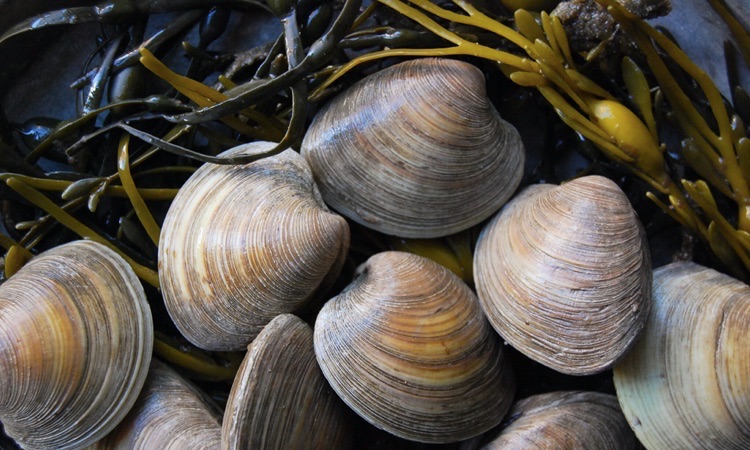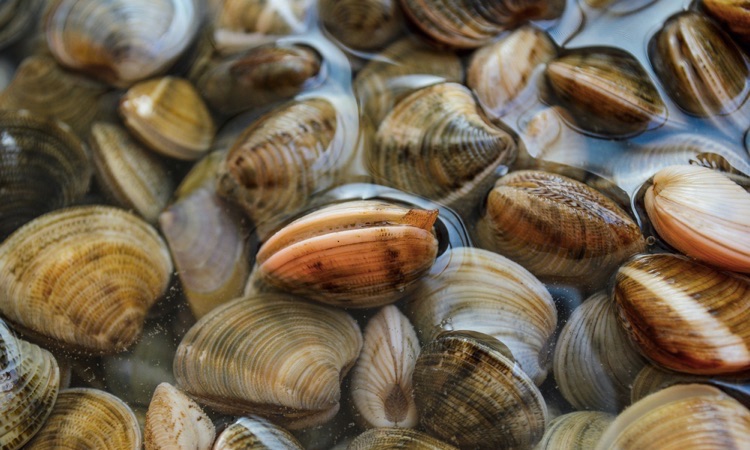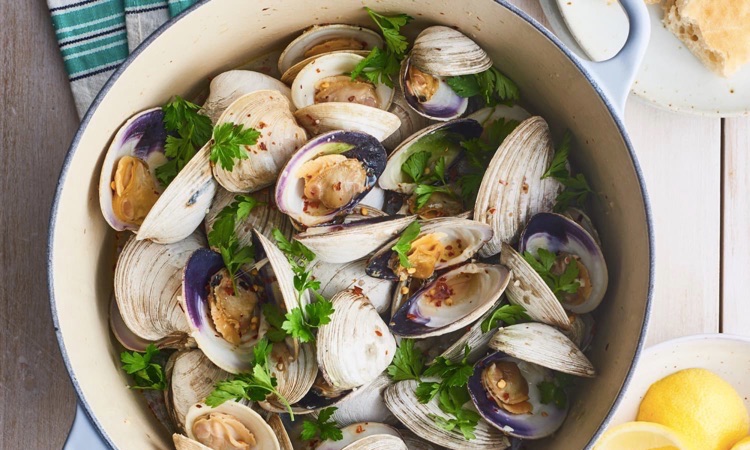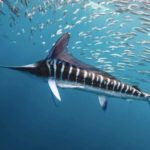Clams are a type of bivalve mollusk that can live in either freshwater or saltwater. Even though they look similar to other mollusks like oysters and mussels, clams have some special features that make them stand out. But what do clam eat? Find out in this article.
For example, their means of locomotion, a “foot”, along with their feeding methods are just two interesting facets of clams.
Looking at these creatures, it can be hard to imagine that they eat anything given how small they are. Find out which foods clams prefer, how they process a meal, and what marine animals enjoy eating them!

Do Clams Like to Eat?
Clams feed on algae, zooplankton, phytoplankton, and other organic matter that their filtration system catches. Like most omnivores, these mollusks consume both plants and animals–albeit in very small amounts. In truth, clams aren’t particularly voracious eaters; however they do eat all of the following:
- Phytoplankton
- Algae
- Zooplankton
- Organic matter flowing in their aquatic habitats
The clam’s diet might not look varied, but they actually eat a great deal of different food. As filter feeders, anything with nutritional value that comes through their siphons is fair game.
These four types of food provide a clam with a very diverse diet, as they can eat organic matter from plants or excrement from other creatures.
How Do Clams Consume Their Food?
Clams have some unique methods for finding and consuming food. They can slightly move around with the help of a “foot”-like conical muscle. This allows them to position themselves better in water so they can get nutrients.
Unlike oysters, clams don’t attach themselves to anything solid; they’ll just find an area that has lots of food and then dig down enough so they stay in place while they eat.
Clams feed by filtering water through an intake and exhalation siphon. Suspended particles in the water (e.g., plankton, algae, organic matter) become stuck in a mucus that coats the gills. Cilia on the gill move the food towards labial palps (secondary feeding appendages), and eventually to the clam’s mouth.
Clams also gain nutrients from another method. Some species develop a symbiotic relationship with zooxanthellae, an algae that lives in their mantle. The clam takes in and feeds the algae nitrogen to help it grow, while the algae provides various other nutrients for the clam.

What Do Clams Eat in the Winter Months?
The clam’s “foot” is used for two purposes: to help the creature move around to more habitable areas or find safety by burrowing into the sand.
Clams will only dig down deep enough so that they are hidden from predators, but not too deep where their siphon can’t reach nutrient-rich water.
When winter comes, clams use a muscle to dig an extra-deep hole for themselves. This burrow is slightly deeper than their siphons are long, effectively burying them for the duration of winter. The clams go dormant for the season, beginning when the temperature drops below freezing.
Like scallops, clams don’t eat much, if anything, in winter because they’re trying to survive the cold temperatures.
What Effect Does the Clam’s Diet Have on Other Species?
Clams play an important role in the health of the water they live in. They do this by eating algae and other small particles which help prevent eutrophication.
Eutrophication is when a body of water has too many nutrients, often from things like pollution and runoff. This causes problems like suffocating algae blooms, low oxygen levels, and increased phytoplankton levels.
Too much plant life in a body of water causes eutrophication, which can kill fish en masse and create bigger problems for the ecosystem. Clams and other mollusks do some good by cleaning out extra nutrients when they filter feed.
The relationship between clams and zooxanthellae is mutually beneficial, as the clams remove nitrogen from the environment while also getting food.
Clams are incredible creatures- did you know that a single large clam can filter up to 24 gallons of water each day? When you have areas with thousands of clams, they can remove a significant amount of nitrogen and phosphorus from a body of water.
This creates cleaner waterways and a thriving ecological system. Clams eating habits affecting the environment might be harnessed to improve damaged waterways.

Which Animals Eat Clams?
Clams are soft-bodied invertebrates whose only form of protection is their hard shell. They bury themselves in sand and mud to stay hidden, but this does not save them from being easy prey for many animals.
Their rudimentary foot protrusion isn’t enough to help them escape predators, even when buried.
Some of the most common clam predators include:
Out of all the animals that attack clams, humans are by far the most dangerous. We frequently catch and eat them as part of our diet. Some popular dishes include clam chowder and steamed clams in a variety of different sauces. Humans also kill them for their shells, which some people use for decoration.
Clams have it pretty tough when it comes to natural predators, since they can’t fight back or detect them early enough to fully close their shells. However, their environment does offer some protection. The good news is that most common types of clams are not endangered.
At a first glance, clams might not look like much. But upon closer inspection, they have many interesting facets.
For example, their contributions to the environment and symbiotic relationships with algae make them worth looking at more closely. Clams also play an important role in keeping waterways clean through their diet which is diverse but often overlooked.


